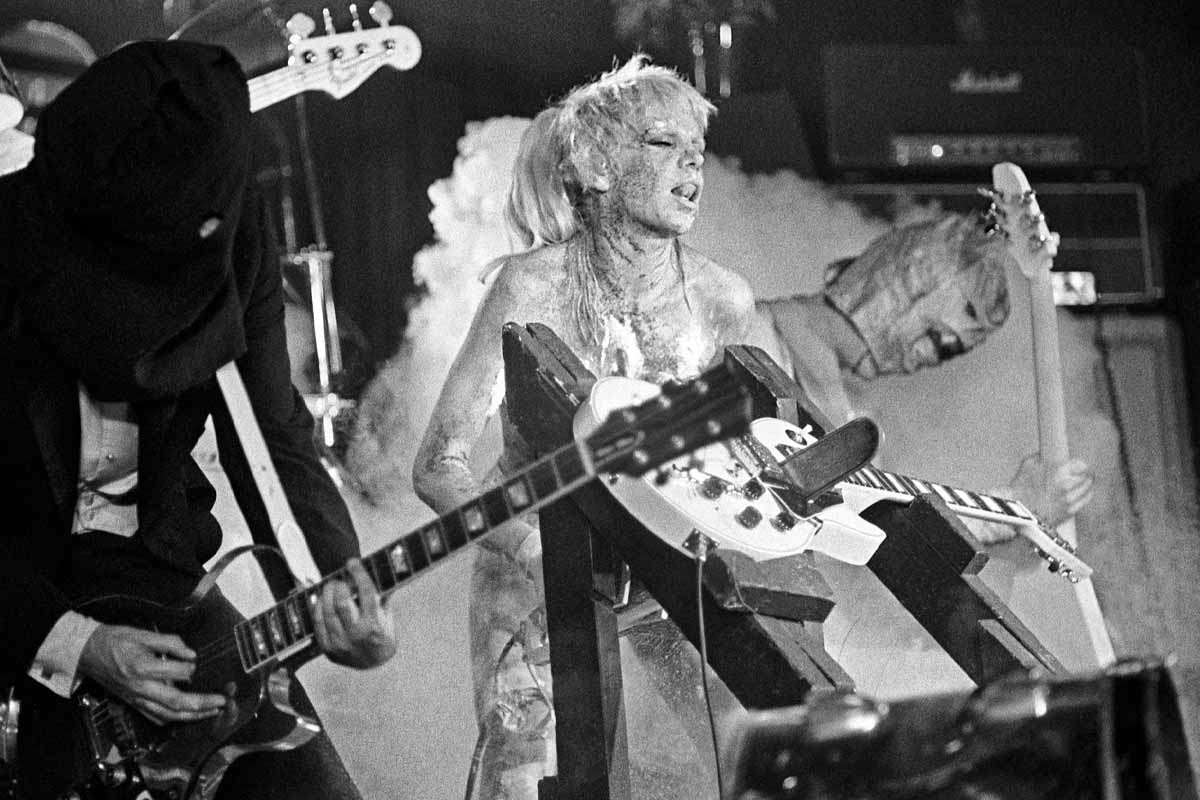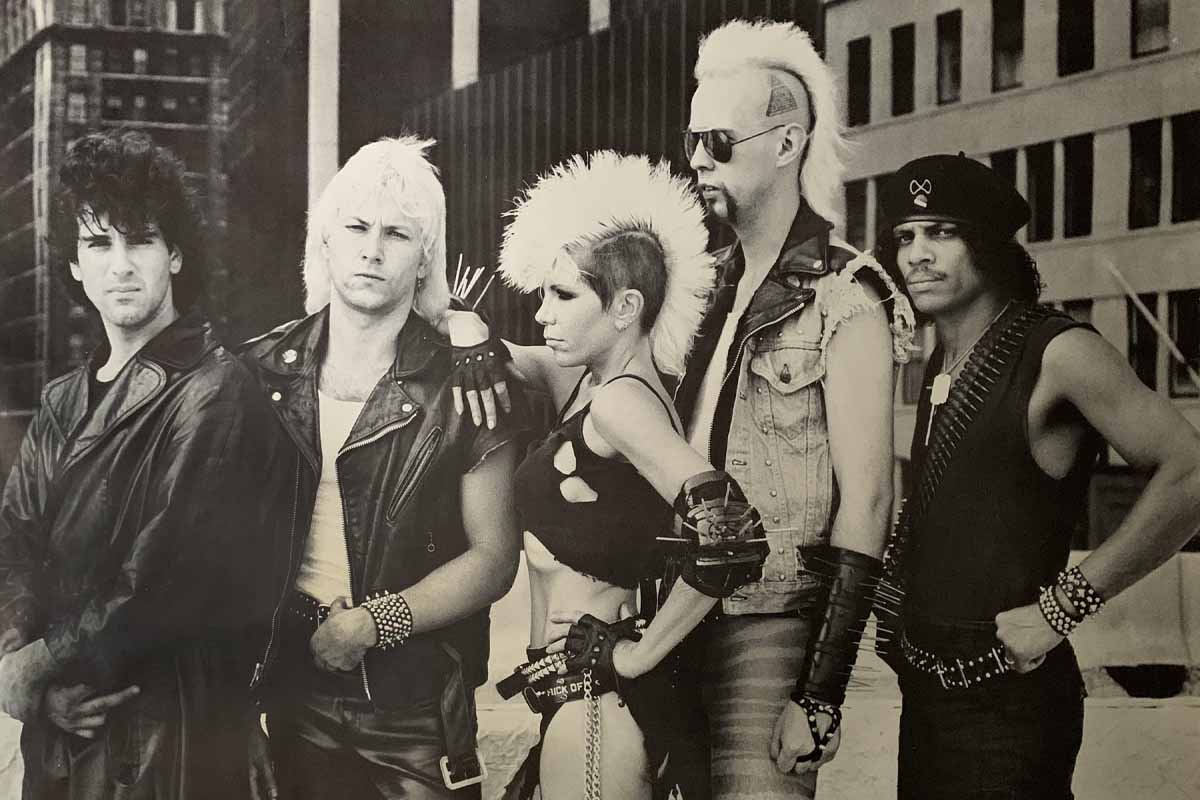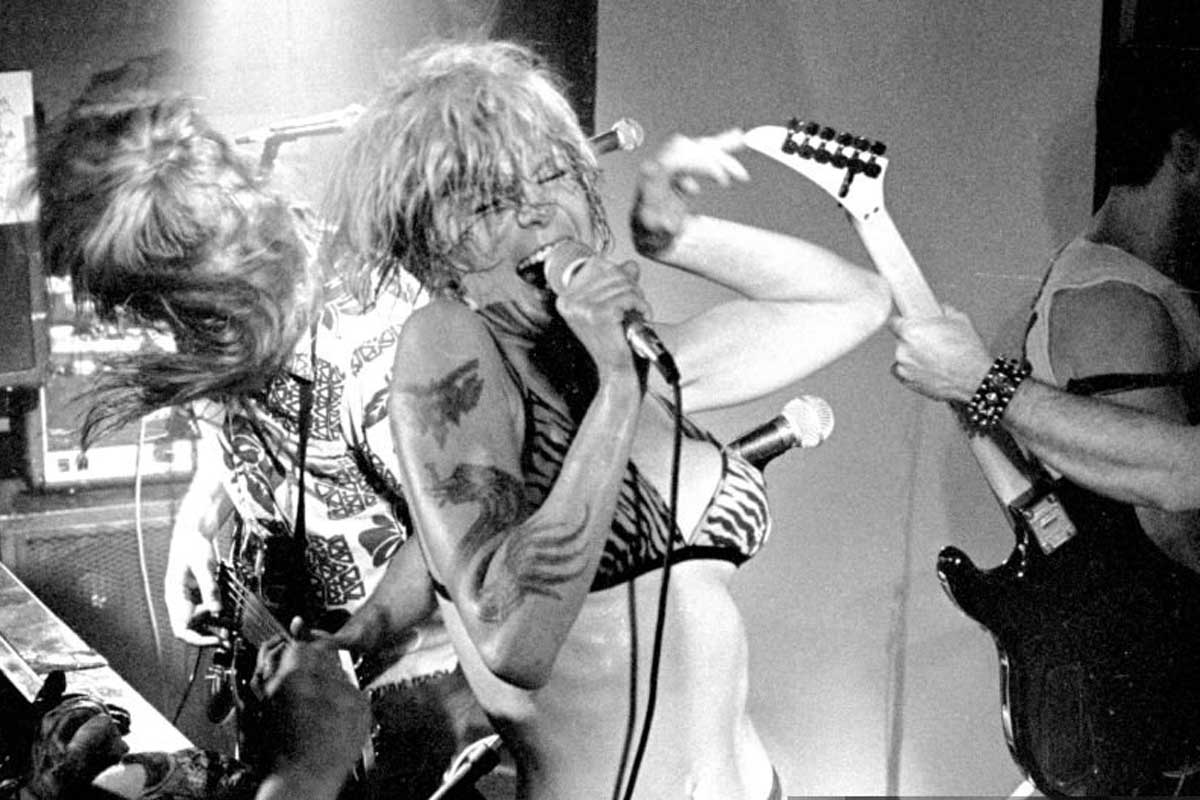Lots of musicians have taken on the rebellious punk persona, but not many lived it as boldly as Wendy O. Williams. The wild frontwoman of the Plasmatics wasn’t just a performer—she was a total force of nature, smashing through society’s rules with chainsaws, sledgehammers, and an unshakeable attitude.
Her career was filled with controversy, police brutality, and struggles against sexism in the industry, but she never backed down. That’s why Wendy O. Williams isn’t just a punk icon—she’s one of the toughest women in punk history.
From Upstate New York To Punk Legend

Born in 1949, Wendy grew up in Webster, New York, but small-town life never suited her. She left home as a teenager, traveling around the country and doing random jobs before landing in New York City. That’s where she met Rod Swenson, an artist and entrepreneur who would become her creative partner.
Rod had already made a name for himself by pushing limits with his underground shows. When Wendy auditioned for one of his performances, he knew he had found someone just as rebellious as him. Together, they formed the Plasmatics in 1977, a band that mixed punk, shock rock, and performance art in a way no one had seen before.
The Plasmatics: Chaos On Stage

The Plasmatics were more than just a band—they were a whole experience. Wendy hit the stage in barely-there outfits, chainsawed guitars in half, and blew up cars while singing lyrics that slammed consumerism, authority, and mainstream culture. Their insane shows got them banned from venues and labeled a threat by conservative groups, but they also built a dedicated fanbase.
Major record labels were scared of them. While other punk bands were getting signed left and right, the Plasmatics were treated like outcasts. Eventually, they landed a deal with Stiff Records and released their debut album, ‘New Hope for the Wretched,’ in 1980. The album captured their raw energy, mixing fast, aggressive punk with sheer power.
Fighting Censorship And Sexism

Wendy wasn’t just fighting for punk rock—she was fighting the whole system. In 1981, after a show in Milwaukee, she was arrested and brutally beaten by police. Her crime? Performing topless with whipped cream on her chest. The arrest became a huge scandal, with Wendy and Rod facing serious charges. But they stood their ground, exposing police brutality and refusing to be silenced.
Sexism was another battle Wendy constantly faced. The media often dismissed her as just a puppet of Rod Swenson, saying she was nothing more than shock value with no real talent. But Wendy was in full control of her image and music. She wasn’t just the face of the Plasmatics—she was the heart and soul of the band.
A Tragic End

By the early ‘80s, punk was changing, and so was Wendy. The Plasmatics started adding heavy metal elements to their sound, leading to albums like ‘Coup d’État’ in 1982. Their aggressive style influenced metal bands for years, combining punk’s rebellious spirit with metal’s intensity.
Wendy also worked with Motörhead and even collaborated with Kiss’s Gene Simmons on her 1984 solo album ‘W.O.W.’ She kept pushing boundaries.
Despite her bold public persona, Wendy struggled with depression. In 1998, she tragically took her own life at 48. But her legacy lives on. She paved the way for countless female artists who refused to conform, showing that punk wasn’t just for the guys.





